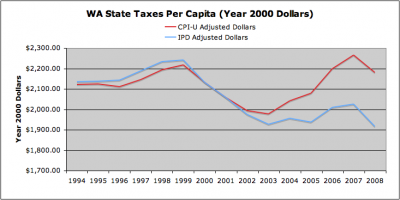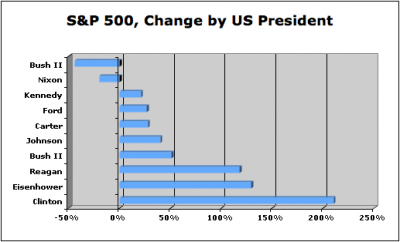During remarks last year before the Washington Policy Center, a conservative think tank funded by wealthy, right-wing donors, King County Exec wannabe Susan Hutchison took a moment to plug their Policy Guide for Washington State, a collection of policy proposals for key areas of government.
“I’d like to put in a plug for a book that you have on your tables. It’s called the Policy Guide for Washington State and it’s published by the Washington Policy Center. Let me tell you about this book. I have read it cover to cover and it is one of the most extraordinary pieces of work about Washington State and the policies that make our government run. It hits on 10 different subjects from health care, education, transportation, tax policy and others. But let me tell you, folks… if you started this book tomorrow morning and read it through you would be smarter by dinnertime tomorrow night. This book makes you smart. So I highly recommend that you take it and that you read it.”
So… what exactly are these “smart” ideas that have Hutchison so excited?
On transportation…
Manipulating transportation policies to force a particular behavior coerces people into abandoning their individual liberties in favor of a socialistic benefit where supposedly a greater collective good is created.
[…] Reduce spending on costly, ineffective fixed-route mass transit. Policymakers should change spending priorities that heavily favor mass transit systems despite chronically low ridership. Riders of these expensive systems, like light rail and the Sounder Commuter Train, are being heavily subsidized by automobile commuters, yet research shows that fixed rail does nothing to reduce traffic congestion.
[…] The problem is that transportation spending is based on other agendas rather than congestion relief. As a result, the cost of bringing goods to market rises and consumers end up paying more for products.
Sound Transit’s East Link proposal is a good example. Reconfiguring the center lanes across Interstate 90 (I-90) for light rail, as agency officials propose, would not only fail to reduce traffic congestion, it would, according to the state Department of Transportation, worsen traffic congestion by 25 percent.
On the environment…
Proclamations about the risks from climate change have been revised again and again, always downward, and other information has been shown to be more about politics than science.
[…] Eliminate the mandated “green” building standards for public buildings…
On science…
Even when the science is accurate, it does not indicate that the problem ought to be addressed or that particular policies should be followed.
On I-1033…
Adopt a constitutional amendment to limit the growth of spending to inflation and population growth.
[…]
Colorado’s spending limit, in contrast, was enacted as part of the constitution and has proved much more effective at protecting citizens from aggressive state spending. Passed by the people in 1992, Colorado’s Taxpayers’ Bill of Rights (TABOR) limits the amount of tax revenue the state can keep each year to the sum of inflation plus population growth.
That’s right, in enthusiastically embracing Washington Policy Center’s recommendations (and in giving them over $100,000 from the foundation she ran), Hutchison was for I-1033 before she was against it, only worse, as the Policy Guide calls for the population-plus-inflation limit to be cemented in the state constitution, just like Colorado’s disastrous TABOR measure.
Hutchison can talk all she wants about being a moderate nonpartisan, but these are the policies she’s endorsed, these are the policies she’s helped fund, and these are the policies we must assume she’d pursue. If Hutchison wins in November, right-wingers will hail it as a huge victory, because she is one of them. But her only path to victory is to hide this fact from voters.




